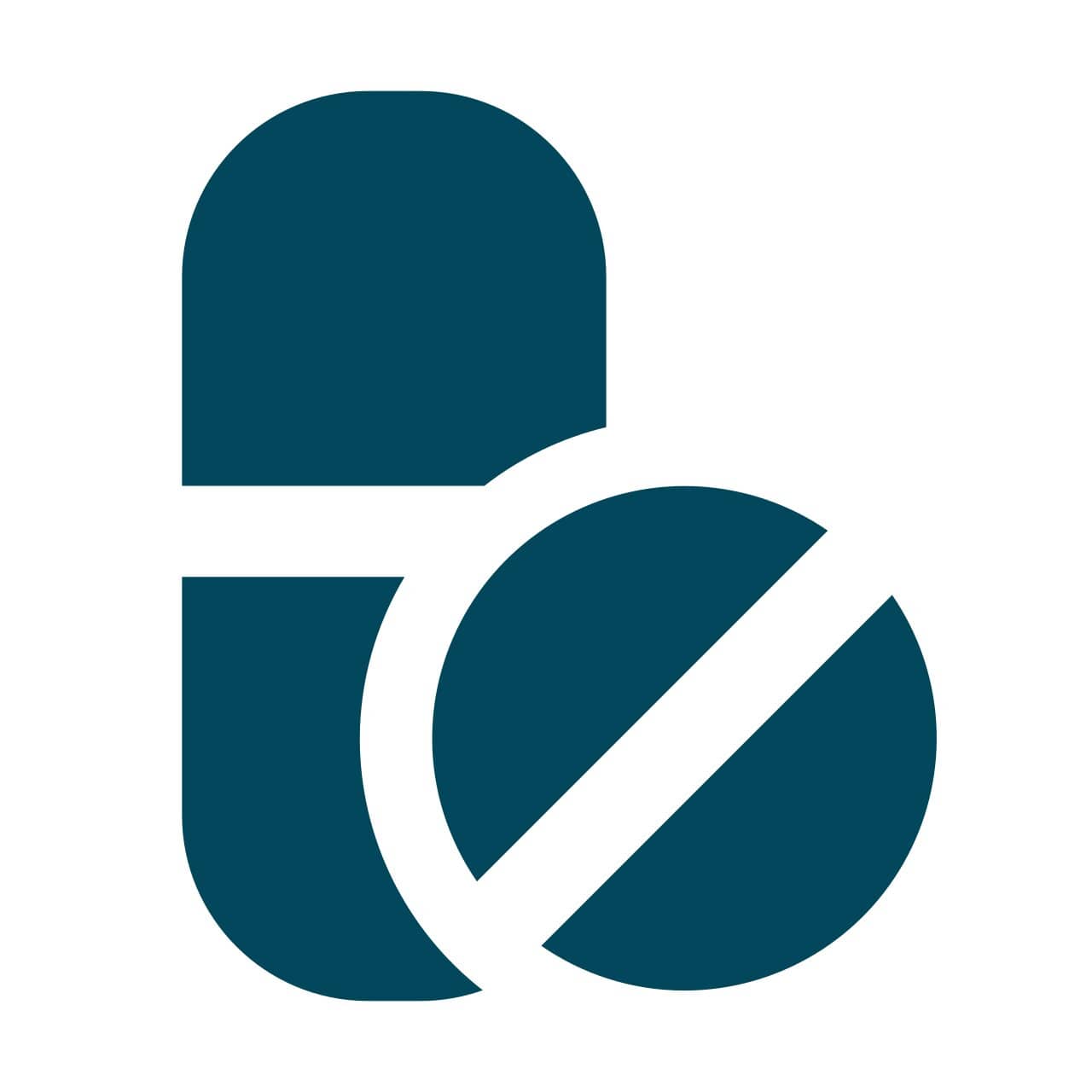Ranolazine
About Ranolazine
Ranolazine is used to treat angina pectoris. Angina pectoris is discomfort in the chest or chest pain, which generally occurs due to coronary artery disease (CAD) when the heart and its muscles are not receiving enough oxygen and blood.
Ranolazine contains Ranolazine, which reduces sodium ions flow into the heart muscle cells. This interferes with the activity of special channels on the cell surface called 'sodium-dependent calcium channels, through which calcium ions normally enter the cells.
You may sometimes experience constipation, dizziness, headache, or feeling sick. Most of these side effects of Ranolazine do not require medical attention and gradually resolve over time. However, if the side effects are persistent, reach out to your doctor.
You can take Ranolazine with food or as advised by your doctor. It should be swallowed whole with a glass of water. Do not chew, bite, or break it. Depending on your medical conditions, your doctor will advise the dose and duration of Ranolazine.
Do not take Ranolazine if you are allergic to any component in this medicine. Ranolazine should not be stopped even if you feel better for the best results, as it prevents any future harm. If you stop taking the Ranolazine on your own, your chest pain can come back in more severe form. If you plan to get pregnant or are pregnant or breastfeeding, please consult your doctor to avoid any unwanted harm to the baby.
Uses of Ranolazine
Medicinal Benefits
- Ranolazine is prescribed for treating angina. Ranolazine is an anti-anginal medication used to treat angina pectoris.
- It reduces sodium ions' flow into the heart muscle cells. This interferes with the activity of special channels on the cell surface called ‘sodium-dependent calcium channels’ through which calcium ions normally enter the cells.
- This medicine reduces the number of calcium ions that enter the cells. Calcium ions normally cause the heart muscle to contract.
- Ranolazine helps improve blood flow to the heart muscle and relieve the symptoms of angina pectoris.
Directions for Use
- Ranolazine can be taken with or without food. Avoid consuming grapefruit or grapefruit juice while taking ths medication.
- It is usually taken twice daily at the same time each day or as prescribed by your doctor.
- Swallow Ranolazine as a whole with a glass of water.
- Do not chew, crush, or break it.
Storage
Side Effects of Ranolazine
- Constipation
- Dizziness
- Headache
- Feeling sick
Drug Warnings
- Do not take Ranolazine if you are allergic to any component in this medicine.
- Ranolazine should not be stopped even if you feel better for the best results, as it prevents any future harm. If you stop taking the Ranolazine on your own, your chest pain can come back in a more severe form.
- Ranolazine should be taken with caution in liver disease, kidney disease, or heart problems.
- Inform your doctor if you are pregnant, planning for pregnancy, or breastfeeding before taking Ranolazine.
- Also, grapefruit juice should be avoided while taking Ranolazine.
- As a precautionary measure, avoid junk food items from outside and stick to freshly prepared home-cooked meals for a speedy recovery.
- Do regular exercise to avoid abdominal heaviness.
Drug Interactions
Drug-Drug Interactions: Ranolazine is known to interact with certain medicines like antibiotics (clarithromycin, telithromycin), lipid-lowering drugs (simvastatin, atorvastatin), antifungal medicine (itraconazole, ketoconazole, voriconazole, posaconazole), antiviral medicine (protease inhibitors), depression (nefazodone), antipsychotic medications (haloperidol), or heart rhythm disorders (quinidine, dofetilide, or sotalol).
Drug-Food Interactions: Ranolazine may interact with other prescription and nonprescription medications, vitamins, nutritional supplements, and herbal products you are taking or plan to take. Also, grapefruit juice should be avoided while taking Ranolazine.
Drug-Disease Interactions: Caution should be exercised if used in patients with severe hepatic impairment, renal disease, long QT interval, or using other QT-prolonging drugs.
Drug-Drug Interactions Checker List:
Safety Advice

Alcohol
safe if prescribedRanolazine does not have any reported interaction; hence, if you experience any difficulty, discuss with your doctor.

Pregnancy
unsafeRanolazine should not be used when pregnancy unless necessary. So, inform your doctor if you are pregnant or suspect pregnancy. Your doctor will weigh the benefits and potential risks before prescribing Ranolazine.

Breast Feeding
consult your doctorRanolazine should not be used in nursing mothers. Please consult the doctor if you have any concerns regarding this.

Driving
safe if prescribedRanolazine does not have any reported interaction; hence, in case you experience any difficulty, discuss with your doctor.

Liver
cautionRanolazine to be taken with caution, especially if you have a history of liver disease. The dose may have to be adjusted by your doctor.

Kidney
cautionRanolazine to be taken with caution, especially if you have a history of kidney disease. The dose may have to be adjusted by your doctor.

Children
unsafeRanolazine is not recommended for children below the age of 18. The safety and effectiveness of Ranolazine have not been established in children due to limited testing of this drug on children by competent authorities worldwide.
Habit Forming
Diet & Lifestyle Advise
- Maintain a healthy lifestyle by exercising regularly, maintaining weight, and eating a healthy diet.
- If you suffer from kidney or liver disease, please inform your doctor before taking the Ranolazine.
- Alcohol consumption along with Ranolazine should be avoided as it may cause excessive drowsiness and increase muscle pain.
Patients Concern
Disease/Condition Glossary
Angina pectoris: Angina pectoris is discomfort in the chest or chest pain that generally occurs due to coronary artery disease (CAD) when an adequate amount of oxygen and blood is not reaching the heart and its muscles. It can also be due to the blockage of the heart's arteries. It helps prevent any further attack of angina by making the heart work more efficiently, but it does not stop an acute attack of angina pectoris.
FAQs
Ranolazine is used alone or with other medicines to treat angina pectoris.
The active substance in Ranolazine is Ranolazine, which reduces sodium ions flow into the heart muscle cells. This interferes with the activity of special channels on the cell surface called sodium-dependent calcium channels through which calcium ions normally enter the cells. This reduces the number of calcium ions that enter the cells. Calcium ions normally cause the heart muscle to contract. By reducing the flow of calcium into the cells, Ranolazine is thought to help the heart to relax, improving blood flow to the heart muscle and relieving the symptoms of angina pectoris.
No, Ranolazine does not stop acute attacks (sudden attacks) of angina, but Ranolazine helps prevent a new attack.
No, alcohol should not be taken with Ranolazine as it may lead to unwanted side effects and increase angina attacks.
Yes, smoking (tobacco) decreases the efficacy of Ranolazine, especially when taken for angina (chest pain), so it should be avoided while taking Ranolazine.
Yes, Ranolazine can cause an upset stomach when taken empty stomach. So, to avoid it, Ranolazine should be taken with a meal for best results.
Yes, Ranolazine can cause drowsiness. If you feel excessively sleepy, please consult your doctor for better advice.
Some major side effects include a rapid, pounding, or irregular heartbeat, difficulty breathing, and fainting. If you encounter any of these symptoms, contact your doctor immediately.
Do not take more than the prescribed dose of Ranolazine as it may cause overdose. The symptoms of overdose include nausea, vomiting, confusion, dizziness, double vision, fainting, difficulty speaking, uncontrollable shaking of a part of the body, hallucinations and burning, pain, numbness, or tingling in any part of the body. If you suspect you have taken overdose or notice signs of overdose, please consult a doctor immediately.
Ranolazine may increase the blood levels and effects of metoprolol. You may need a dose adjustment or more frequent monitoring by your doctor to safely use both medications. Contact your doctor if your condition changes or you experience increased side effects.
Ranolazine might raise metformin levels, increasing the risk of lactic acidosis. If you are prescribed ranolazine while taking metformin, discuss it with a healthcare physician. They may offer a lesser dose of metformin as a safer alternative.
You can take it if prescribed by the doctor. However, limit simvastatin to 20 mg once daily in individuals taking any dose of Ranolazine.



